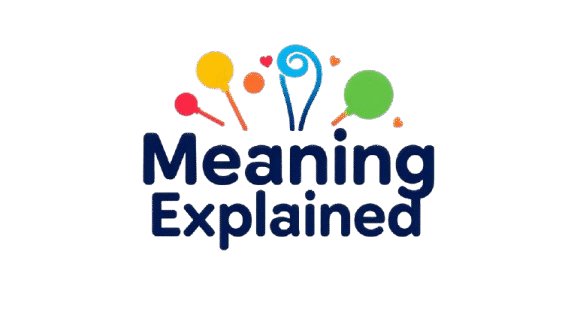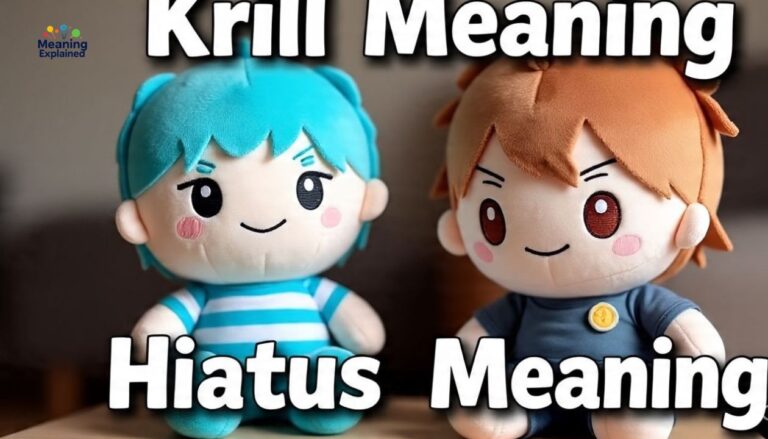In 2025, terms like “krill” and “hiatus” carry distinct meanings in professional and casual contexts, shaped by science, culture, and digital communication.
Phrases like “stand for and” and “well wishes” also play key roles in modern language. This guide explores their meanings, importance, and alternatives, providing practical examples for varied audiences and settings.
What Does “Krill” Mean?
Krill are small, shrimp-like crustaceans, typically 1–6 centimeters long, found in all oceans. They travel in vast swarms, sometimes stretching miles, and are a primary food source for whales, seals, fish, penguins, and seabirds. In 2025, “krill” has emerged as slang on platforms like X, meaning something minor but essential, like a small detail that holds a project together. For example, “She’s the krill of our team” highlights a subtle yet critical role.
Why Krill Matters
Krill form the backbone of marine food chains, supporting species like whales and fish. Without them, oceanic ecosystems would collapse. They contribute to carbon cycling by eating phytoplankton near the surface and releasing waste in deep waters, aiding climate regulation. In 2025, krill oil supplements, rich in omega-3s, see rising demand, though sustainability concerns grow due to overfishing. Slang-wise, “krill” reflects 2025’s appreciation for small, impactful contributions, like a key line of code in a tech startup.
What Does “Hiatus” Mean?
A hiatus is a temporary pause or break in an activity, derived from the Latin word for “gap.” In 2025, it’s used professionally (e.g., “The project is on hiatus”) and casually (e.g., “I’m taking a hiatus from X”). In medical contexts, it refers to openings like the esophageal hiatus in the diaphragm. On social media, influencers often announce “content hiatuses” to focus on mental health or creative pivots, a trend gaining traction in 2025.
Why “Hiatus” Is Useful
Hiatus conveys a deliberate pause, distinguishing it from a permanent end. It’s polished for professional settings, like announcing a project delay, and flexible for casual use, like a social media break. In 2025, with 40% of Gen Z prioritizing mental health breaks (per recent studies), hiatuses signal self-care and strategic resets. The term’s versatility suits formal reports, creative writing, or casual chats, making it ideal for clear, intentional communication.
“Stand For And” in Text: What Does It Mean?
“Stand for and” isn’t a standard phrase but often appears in texts or X posts due to typos or misphrasings. “Stand for” means to represent (e.g., “NASA stands for National Aeronautics and Space Administration”), while “and” connects ideas. In 2025, “stand for and” might mean “stand for” or “stand up for” (supporting a cause) in rushed messages. For example, “I stand for and equality” likely means “I stand for equality.”
Example:
- Professional: “Our company stands for innovation.” (Corrected: “Our company stands for innovation.”)
- Casual: “I stand for my squad.” (Corrected: “I stand up for my squad.”)
Polite, Professional, and Casual Alternatives for “Well Wishes”
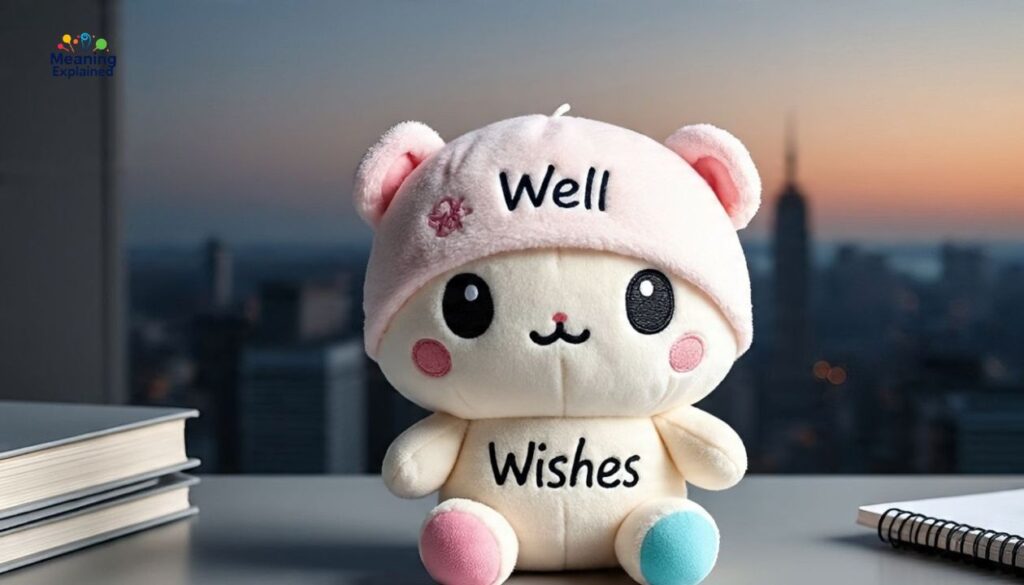
“Well wishes” conveys hope for someone’s success or well-being. Alternatives vary by tone, ensuring suitability for formal, workplace, or casual contexts in 2025’s diverse communication landscape.
Polite Alternatives
Polite alternatives suit formal or respectful scenarios, like addressing elders or acquaintances:
- With my best wishes
- Wishing you all the best
- Kind regards
- Sincere blessings
- Heartfelt hopes
These uphold etiquette, perfect for formal letters or cards in 2025’s respect-conscious culture.
Professional Alternatives
Professional alternatives fit workplace or business settings, balancing warmth and formality:
- Warm regards
- Best regards
- Looking forward to continued collaboration
- Prosperity and success
- Positive thoughts
These are ideal for emails, LinkedIn messages, or client interactions, maintaining professionalism.
Casual Alternatives
Casual alternatives resonate in informal settings, reflecting 2025’s relaxed digital tone:
- Take care
- Good luck
- All the best
- Cheers
- Have a great one
Popular on X, these suit texts or social media, keeping communication friendly and brief.
Nuances of Tone & When to Use Each Phrase
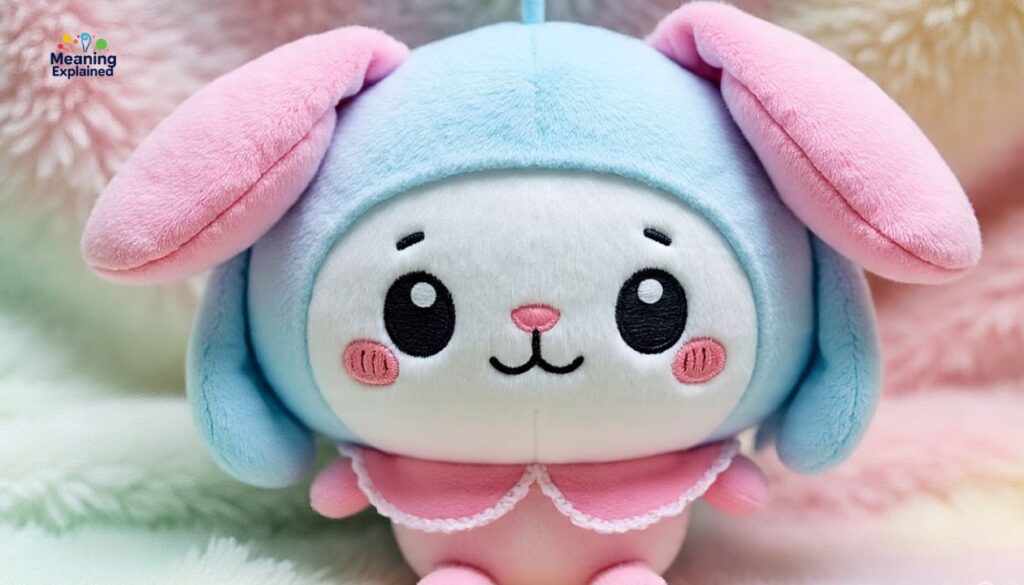
Tone shapes communication’s impact. Polite phrases like “sincere blessings” fit formal occasions, such as condolence letters or wedding cards. Professional options like “best regards” suit business emails or LinkedIn, avoiding overfamiliarity.
Casual expressions like “cheers” thrive in texts or X posts among peers, aligning with 2025’s fast-paced digital trends. Misjudging tone can seem cold or overly casual. Context—audience, platform, and intent—guides the right choice.
| Context | Tone | Best Closing | Why | Example Usage |
| Formal Letter to Senior | Polite | With my best wishes | Shows respect | “With my best wishes, Dr. Khan.” |
| Business Email | Professional | Best regards | Concise and formal | “Thank you. Best regards, Ali.” |
| Email to Peer | Casual | Cheers | Warm and relaxed | “Let’s catch up soon. Cheers!” |
| Congratulatory Note | Casual | Good luck | Optimistic | “Congrats! Good luck in your new role.” |
| Text to Friend | Very Casual | Have a great one | Brief and friendly | “See you later. Have a great one!” |
Choosing the Right Expression: A Quick Guide
- Know Your Audience: Formal phrases for seniors; casual ones for friends.
- Match the Tone: Respectful for formal settings; relaxed for informal chats.
- Consider Context: Use “Congratulations and best wishes” for promotions; “My heartfelt condolences” for losses.
- Avoid Overwrought Language: Keep formal phrases simple, not flowery.
- Be Yourself: Let your voice shine, polished for the context.
- Platform Matters: X favors casual tones; emails require professional ones.
11 Polished Examples in Full Sentences
- Polite: With my best wishes for your swift recovery and happiness.
- Polite: Wishing you all the best in your upcoming endeavors.
- Polite: Kind regards, and may your future be bright.
- Professional: Warm regards—I value our continued partnership.
- Professional: Best regards, and thank you for your collaboration.
- Professional: Looking forward to continued collaboration on this project.
- Casual: Take care—let’s grab coffee soon!
- Casual: Good luck with your exam—you’ll crush it!
- Casual: All the best for your big day!
- Casual: Cheers, and thanks for the help!
- Casual: Have a great one—see you at the party!
Combining Context, Tone, and Audience
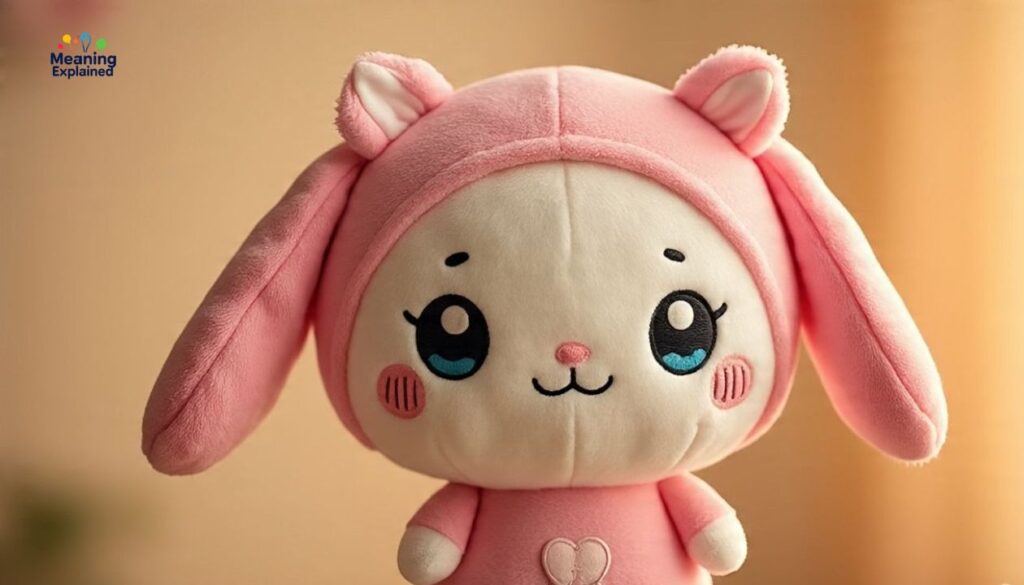
Effective communication aligns context, tone, and audience. A condolence email to a colleague needs a polite tone, like “Sincere blessings for your loss.” A congratulatory X post to a friend can be casual: “Good vibes on your new job!” In 2025, hybrid work and social media blur lines, so clarity is key. For example, a manager on Slack might use “Best of luck this quarter,” while a friend’s birthday post on X could say “Stay awesome!” Always consider the recipient’s expectations and platform norms.
Expressing Well Wishes Through Activity-Based Examples
Well wishes tied to specific activities feel personal and relevant:
- Graduation: “With my best wishes on your graduation—may your future shine.”
- Job Interview: “Best regards, and good luck in your interview.”
- Travel: “Have a great one abroad—safe travels!”
- Recovery: “Sincere blessings for a speedy recovery.”
- Promotion: “Congratulations and best wishes in your new role.”
- Holiday: “Warm regards for a joyful holiday season.”
- Retirement: “Kind regards and enjoy your next chapter.”
- Exams: “Good luck with finals—you’ve got this!”
- Wedding: “Wishing you all the best for a lifetime of love.”
- New Year: “Cheers to a prosperous 2025!”
- Sports Event: “All the best in the marathon—keep rocking it!”
These examples resonate with 2025’s empathy-driven communication trends.
Frequently Asked Questions
Q: What does “krill” mean in simple terms?
A: Krill are tiny sea creatures, vital for marine food chains, and slang for small but essential things in 2025.
Q: Why are krill important to ecosystems?
A: They support marine life and help cycle carbon, impacting climate regulation.
Q: What does “hiatus” mean?
A: A temporary pause in activities, used in professional, casual, or medical contexts.
Q: Can a hiatus be permanent?
A: No, it typically implies a temporary break with intent to resume.
Q: How do I choose between polite and casual well wishes?
A: Use polite phrases for formal settings or elders; casual ones for friends or social media. Match the audience and context.
Q: Are there new well-wish phrases in 2025?
A: Yes, “good vibes” and “stay awesome” are trending on X, reflecting casual, positive tones.
